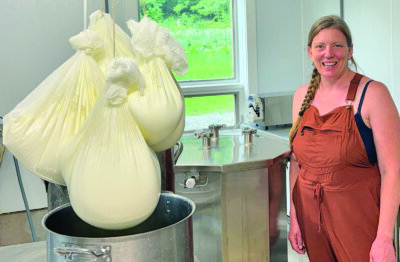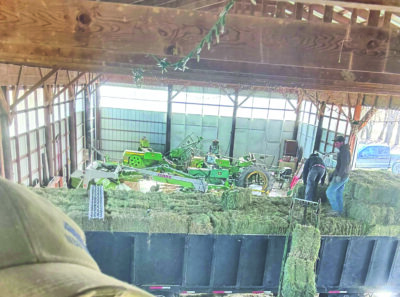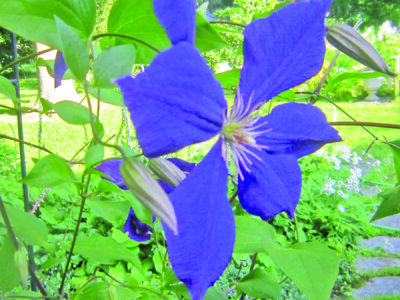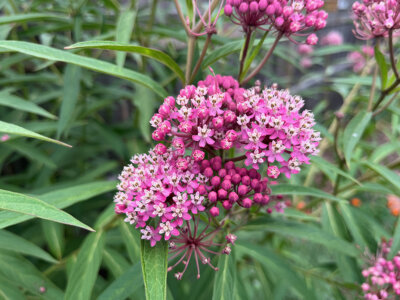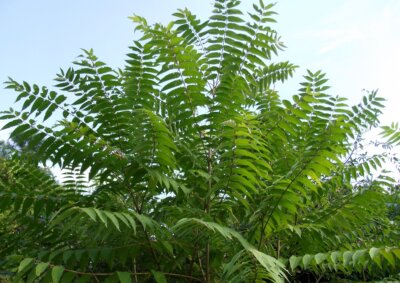Many Vermont trees experiencing early defoliation this year
A lot of Vermonters are noticing that their crabapples and apples (Malus spp.), in addition to many other deciduous trees, have dropped many of their leaves well before the first autumn frost.
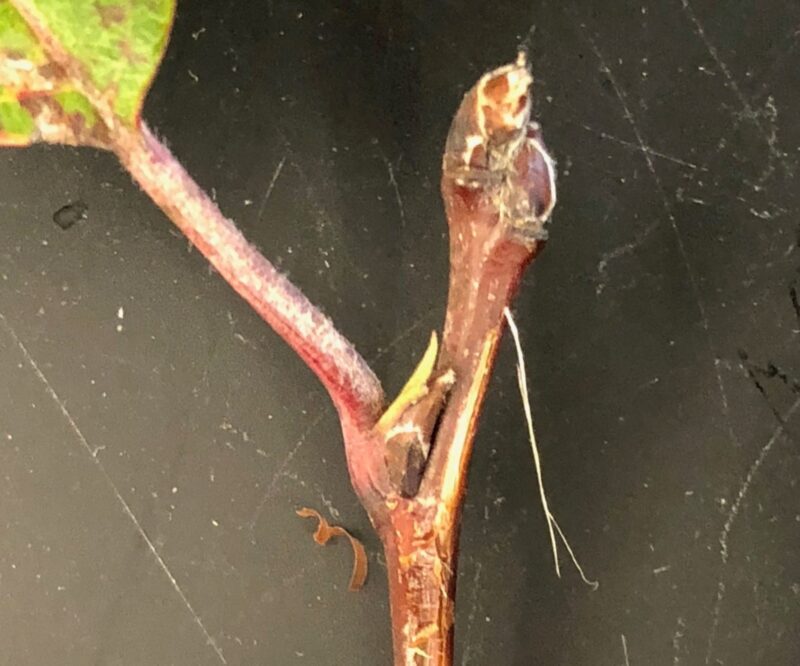
This has been a common occurrence for the past few years in many parts of the state depending on the microclimate of the area. The cause is typically stress-related. The good news is that these early defoliated trees usually will look fine the next spring.
The emerging leaves and blossoms of many trees were damaged by the cold temperatures in the third week of May. Although the trees have recovered and new leaves replaced those that were damaged, the energy required to do that caused stress on the tree.
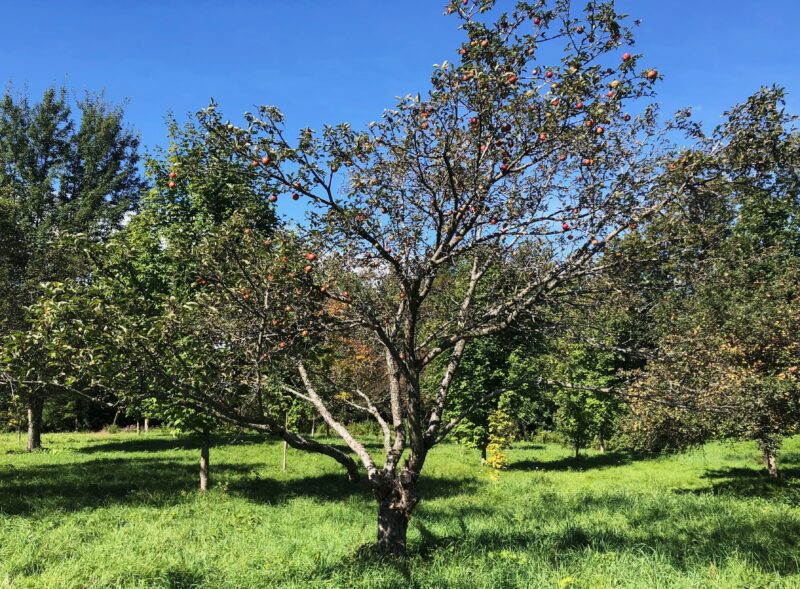
Vermont also experienced a very rainy summer. Malus spp. are susceptible to a wide variety of foliar fungal diseases. All these fungi like wet weather. Diseased leaves tend to drop earlier in the season than healthy leaves, and these fungal leafspot diseases are a big contributing factor to the early leaf drop.
Apple scab is the primary disease that will infect fruit and leaves, causing olive brown spots on the foliage. Another contributor to diseased leaves is cedar apple rust, a fungus that requires both a Malus host and a juniper host to complete its lifecycle. This rust disease causes bright yellow leaf spots on the apple or crabapple host.
If you notice early leaf drop in your apples or crabapples, check to make sure there is a good bud set on the tree for next year. These are the dormant buds that will start to grow next May.
Scratch the bark lightly to make sure you see green healthy tissue under the bark. Both indicate that the tree is ready for next spring and is still alive in spite of the leaf drop.
To improve the vigor of the tree and to minimize fungal diseases next year, rake and destroy fallen leaves this autumn. If raking is too much work, mow over the leaves several times to encourage them to break down quicker. Prune the tree this winter when it is dormant to open it up to air and light.
(Ann Hazelrigg is the University of Vermont Extension plant pathologist and director of the plant diagnostic clinic.)
Related Stories
Popular Stories
If you enjoy The Charlotte News, please consider making a donation. Your gift will help us produce more stories like this. The majority of our budget comes from charitable contributions. Your gift helps sustain The Charlotte News, keeping it a free service for everyone in town. Thank you.
Andrew Zehner, Board Chair




